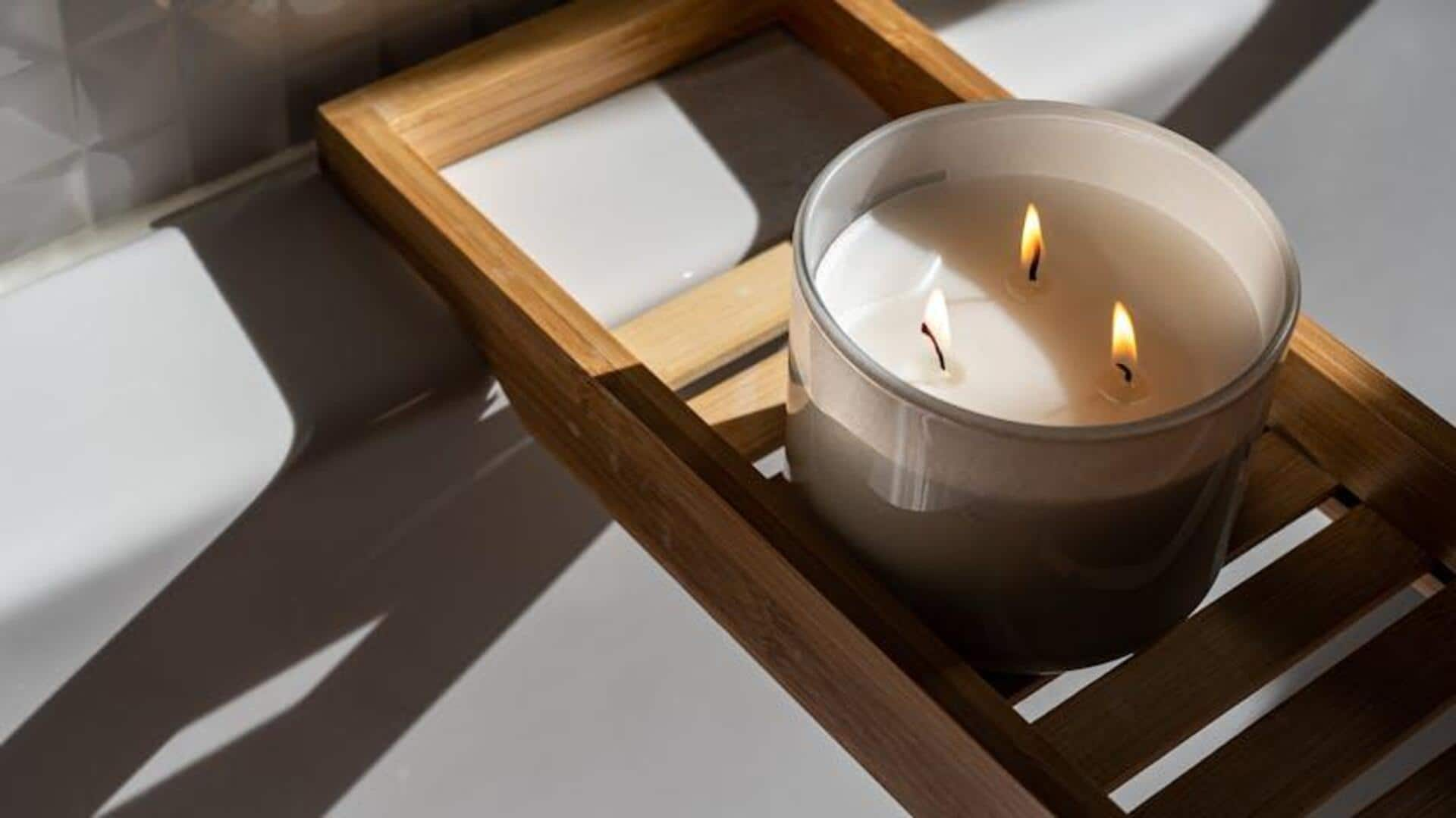
How to make scented candles at home
What's the story
Crafting scented candles can be a fun and rewarding hobby. It allows you to personalize your space with fragrances you love. Whether you're a beginner or looking to refine your skills, there are some key tips and tricks that can help you create the perfect candle. From choosing the right materials to mastering the pouring technique, these insights will guide you in making candles that not only smell great but also look appealing.
Tip 1
Choosing the right wax
Selecting the right wax is essential for making quality candles. Paraffin wax is commonly used because of its availability and cost-effectiveness. However, soy wax is becoming popular for being eco-friendly and providing a cleaner burn. Beeswax is another option that burns longer and has natural antibacterial properties. Consider what suits your needs best in terms of fragrance retention and burn time.
Tip 2
Selecting fragrances wisely
Fragrance selection is key to setting the mood with your candles. Go for high-quality essential oils or fragrance oils made for candle-making to ensure they mix well with the wax. Test different combinations in small batches before committing to larger pours. Remember that some scents are stronger than others, so adjust the quantity based on how potent you want it to be.
Tip 3
Mastering pouring techniques
The pouring technique impacts both appearance and performance of your candles. Always melt wax to its recommended temperature before pouring; this prevents uneven surfaces or cracks as it cools down. Pour slowly and steadily into the center of the container to avoid air bubbles forming around the edges. If needed, reheat any imperfections once cooled completely.
Tip 4
Experimenting with colors
Adding color can make your candles more visually appealing without compromising on scent quality if done right. Use dyes specifically made for candle-making as they blend seamlessly with wax without affecting its properties adversely like some paints might do over time when heated repeatedly during use cycles (burning process included)! Start small by adding just a pinch at first; adjust according to preference thereafter until satisfied fully with results achieved through experimentation process itself!